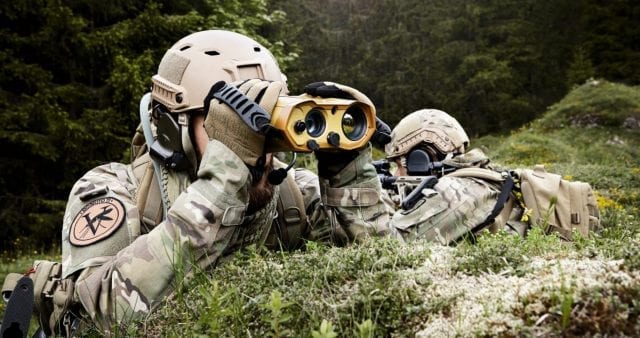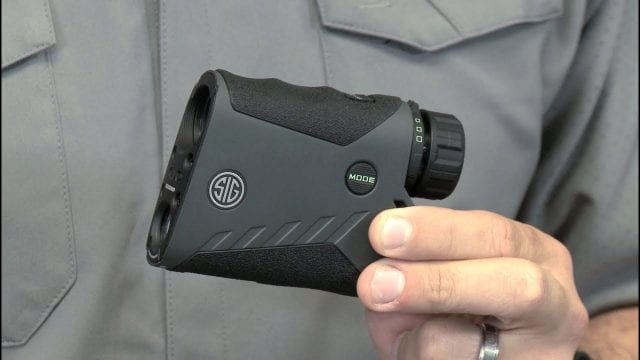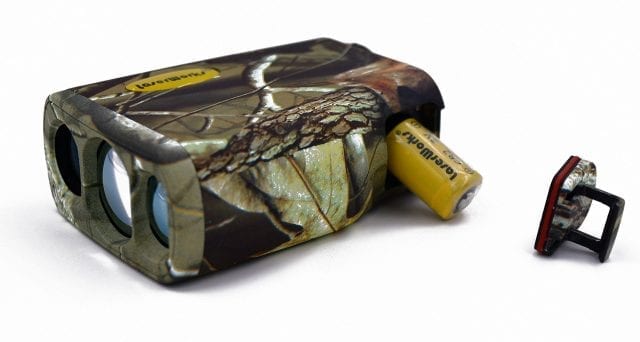
A few hunting and outdoor enthusiasts can boast about being able to estimate ranges accurately all by themselves. After all, not everyone has the time or inclination to memorize all the tiresome range estimation charts and formulas.
Quality laser rangefinders offer a much quicker and often more reliable way to become capable of accurate range estimation. Not every laser rangefinder on this website, however, performs equally well. How do you pick the one that can enrich your experience outdoors?

How Laser Rangefinders Work
Laser rangefinders work in a fairly straightforward way. After you point it to the object, the rangefinder sends a special laser pulse towards it. Once the laser pulse reaches the object, it bounces off of it and returns back to the rangefinder. The rangefinder’s digital signal processing (DSP) engine then registers the time it took the signal to travel. Finally, rangefinder’s software adjusts the data to account for signal disturbance factors like visual noise and sunlight infrared energy. As a result, you get a distance reading that allows you to estimate the range between you and the object.

How to Spot a Quality Laser Rangefinder
Taking the time to understand how laser rangefinders work can help you discover what their performance ultimately depends on. In this regard, a quality laser rangefinder that is capable of generating accurate distance readings has:
- Small beam divergence Although the rangefinder originates its laser pulse as a narrow beam, the beam still diverges as it covers the distance. The less the laser beam diverges, however, the more focus it maintains. As a result, laser rangefinders with smaller beam divergence are capable of assessing greater distances and with more precision.
- Good digital signal processing capacity Similar to the CPU in computers, rangefinder’s DSP engine processes all the raw data that enters the device. Quality DSP engines make distance readings clearer by being able to accurately distinguish the object from its background and surroundings. They also estimate how much the visual noise and infrared in sunlight affect the input and account for these factors.

Img source: outsidepursuits.com - Reliable software Rangefinder’s software is what operates its DSP engine. As such, it provides the link between the data DSP engine produces and the readings you receive on the screen. The more reliable the rangefinder’s software is, the better it makes sense of the data DSP engine generates.
- Angle compensation feature More often than not, the terrain may require you to use your rangefinder from decline and incline positions. Special angle compensation feature accounts for this change in elevation and keeps the distance readings accurate.
- High-quality optics Higher quality of rangefinder’s optics not only ensures smaller beam divergence but also provides you with a much better visual.
- Protection against the elements Precipitation and the excessive humidity in the air can all affect your rangefinder’s performance causing it to malfunction over time.
Keeping the above criteria in mind will help you pick a quality laser rangefinder. And turn your outdoors experience into bliss.





